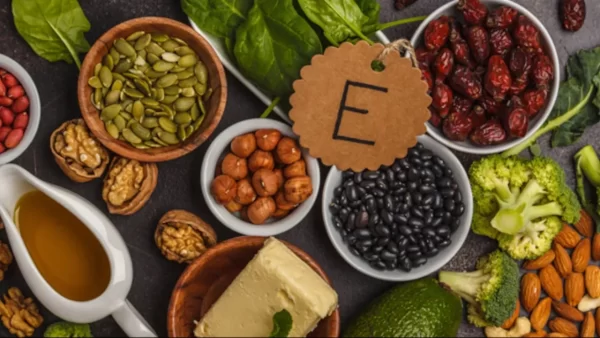Almost every child got left behind for quite a year in India, as COVID-19 shuttered schools and made pupils to review online reception , if they might . This long period of learning loss may be a major setback in itself, affecting the physical and psychological state of the many students and depriving them of a year of important skill development. it’s understandable, therefore, that a minimum of 14 States and Union Territories have tempered caution with calculated risk and opted to reopen campuses, mostly for secondary and better secondary students. These governments aren’t alone in trying to find the golden mean to manage the pandemic. In several countries, leaders are exploring ways to scale back the danger of coronavirus infection among pupils who aren’t yet eligible for vaccination, while getting them back on campus. At the top of the second wave, in July, Haryana and Nagaland went back to in-person teaching for higher classes, while Punjab, Uttarakhand, Himachal Pradesh, Puducherry and Lakshadweep do so this month. Andhra Pradesh , Karnataka, Tamil Nadu , Uttar Pradesh and Odisha are to follow. As schools reopen, there are positive indicators available from countries experimenting with back-to-school decisions, and red flags, within the wake of the Delta variant’s wildfire spread.
One study of 1,000,000 students and staff members who returned to high school this year within the us , where children must be 12 years old to urge a vaccine, showed that in spite of the resultant exposure to 7,000 COVID-19-positive children and adults, only 363 other children and adults acquired the infection. this is often attributed to a universal mask mandate. In India, with a faculty student population of over 250 million, resumption of in-person schooling is advocated by some public health professionals supported the understanding that younger children are less in danger , as they are doing not have well-developed ACE-2 receptors within the lungs that enable the virus to enter. This must, of course, be considered along side the impact of the Delta variant on children who do get infected, sometimes severely, albeit their numbers could also be small. In Ludhiana, 20 students in two schools tested positive eight days after reopening on August 2, underscoring the necessity for strict protocols, testing and quarantining. Maharashtra has followed the textbook in fixing committees headed by Collectors and civic officials to make a decision on reopening, with optional student attendance. Such a decentralised effort is welcome, because it enables closures only in areas with high incidence. it’s important to notice that after 18 months of the pandemic, there’s consensus on ventilation and distancing norms as low-cost interventions with efficacy next only to vaccination. within the Indian context, this could favour outdoor classes under natural or built shade, wherever possible. it’s disappointing that teachers and staff haven’t been universally vaccinated yet, a lacuna that has got to be urgently filled.




